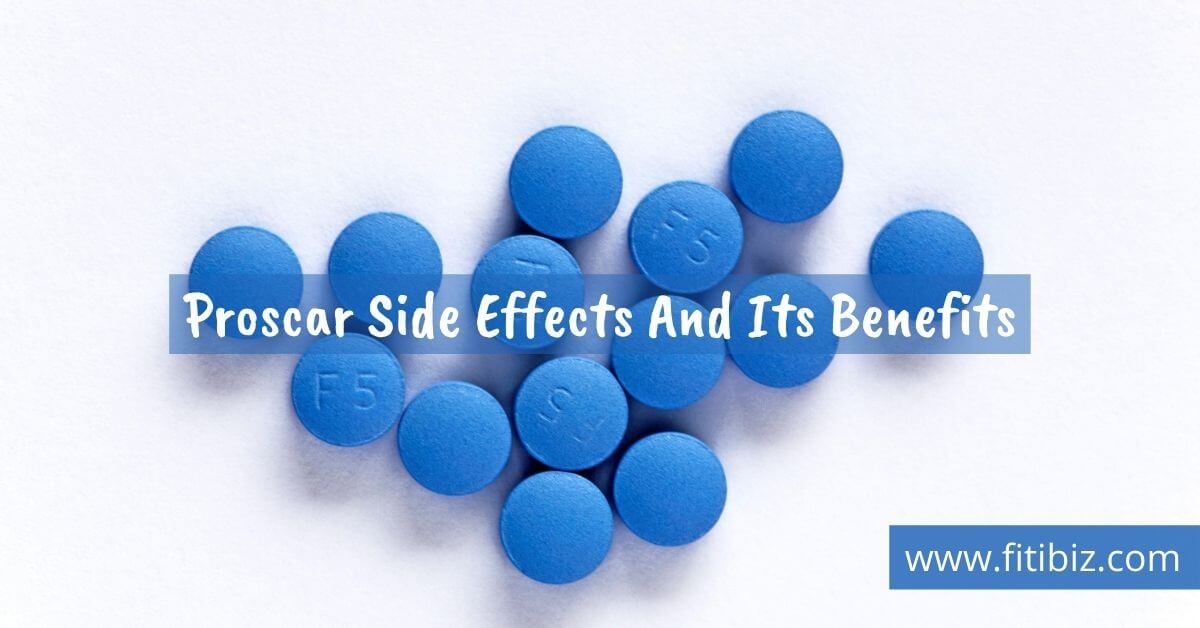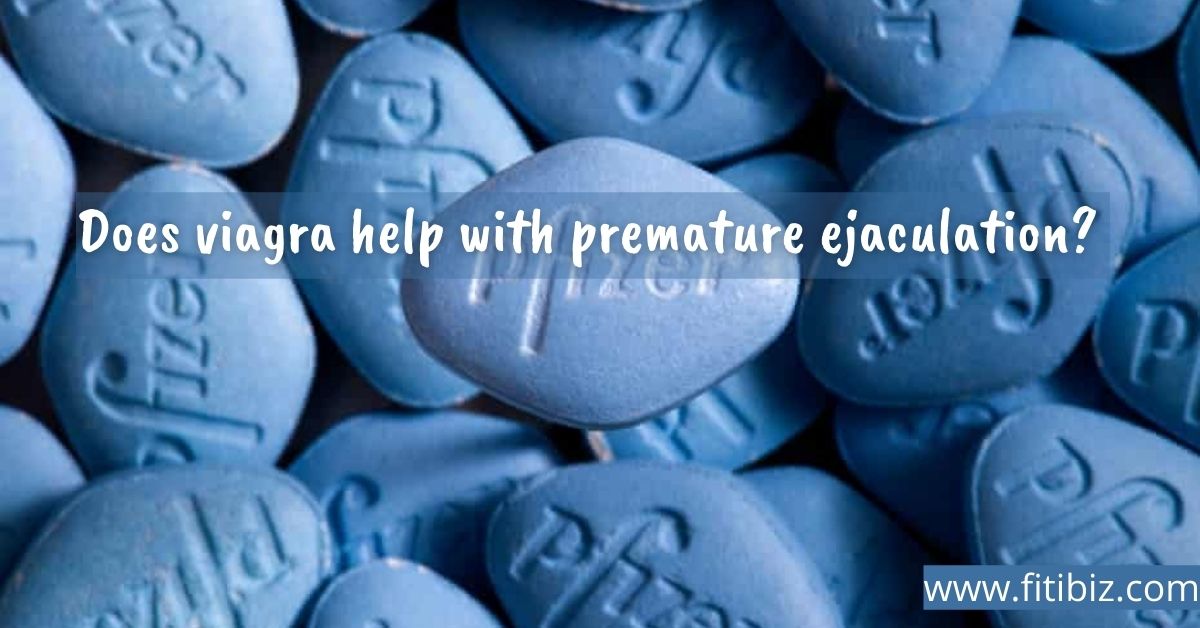Chronic Knee Pain: Know The Reason
Chronic Knee pain is an extremely normal issue on the planet nowadays all over the place. Knee torment can be seen with the all-age gathering of individuals, interminable knee torment is not quite the same as the ordinary knee torment. Knee torment happens because of many explanations and in particular, you can confront strolling issues because of this.
What is chronic knee pain?
Chronic knee pain is long-term pain, swelling, or sensitivity in one or both knees. The cause of your knee pain can determine the symptoms you experience. Many conditions can cause or contribute to chronic knee pain, and many treatments exist. Each person’s experience with chronic knee pain will be different.
Symptoms of Knee Pain
Although the problem of knee pain is a very common complaint that affects all such people of all ages. Knee pain may be the result of an injury, such as a ruptured ligament or torn cartilage. Medical conditions including arthritis, gout, and infections also can cause knee pain.
Many types of minor knee pain respond well to self-care measures. Physical therapy and knee braces also can help relieve knee pain. In some cases, however, your knee may require surgical repair.
The location and severity of knee pain may vary, depending on the cause of the problem. Signs and symptoms that sometimes accompany knee pain include:
- Swelling and stiffness
- Redness and warmth to the touch
- Weakness or instability
- Popping or crunching noises
- Inability to fully straighten the knee
Reasons For Chronic Knee Pain
Typical knee pain is not the same as interminable knee torment, constant knee torment occurs because of any injury or mishap and it doesn’t fathom without treatment to determine this issue you should go under the clinical supervision.
Here is some principle reason for chronic knee torment:
Joint pain: There are around 100 of joint inflammation types exists on the planet here are a few
Osteoarthritis: It causes in light by the disintegration of knees. Sometimes called degenerative arthritis, osteoarthritis is the most common type of arthritis. It’s a wear-and-tear condition that occurs when the cartilage in your knee deteriorates with use and age.
The most debilitating form of arthritis, rheumatoid arthritis is an autoimmune condition that can affect almost any joint in your body, including your knees. Although rheumatoid arthritis is a chronic disease, it tends to vary in severity and may even come and go.
Rheumatoid joint pain: The most devastating sort of joint torment, rheumatoid joint aggravation is a safe framework condition that can impact for all intents and purposes any joint in your body, including your knees.
Gout: This happens when the uric corrosive fires developing in the joint. This type of arthritis occurs when uric acid crystals build up in the joint. While gout most commonly affects the big toe, it can also occur in the knee.
Septic joint inflammation: when your knee joint are tainted and begins growing, redness and torment, on the off chance that you are having these issue alongside the knee torment, you ought to counsel your PCP.
Tendinitis: this happens in the forward portion of the knees and makes issues during strolling, climbing or taking stairs.
chondromalacia patella: harmed under the kneecap Separation
Cook’s pimple: when liquid begins making behind knees
Heftiness: substantial weight is likewise an explanation of incessant knee torment
Pseudogout: Often mistaken for gout, pseudogout is caused by calcium-containing crystals that develop in the joint fluid. Knees are the most common joint affected by pseudogout.
Septic arthritis: Sometimes your knee joint can become infected, leading to swelling, pain, and redness. Septic arthritis often occurs with a fever, and there’s usually no trauma before the onset of pain. Septic arthritis can quickly cause extensive damage to the knee cartilage. If you have knee pain with any of these symptoms, see your doctor right away.
Substantial weight is the most significant factor for knee torment any additional pound you gain your knee likewise face that additional pound of weight
bursitis: inflammation caused by repeated overuse or injury of the knee
Baker’s cyst: a buildup of synovial fluid (the fluid that lubricates the joint) behind the knee
Dislocation: dislocation of the kneecap most often the result of trauma
Meniscus tear: a rupture in one or more of the cartilage in the knee
Torn ligament: tear in one of the four ligaments in the knee the most commonly injured ligament is the anterior cruciate ligament (ACL)
Bone tumors: osteosarcoma (second most prevalent bone cancer), most commonly occurs in the knee
Factors that may make chronic knee pain worse:
- injuries to the structure of the knee can cause bleeding and swelling and can create a chronic problem over time if not treated properly
- sprains and strains
- overuse
- infection
- bad posture and form when doing physical activity
- not warming up or cooling down before or after physical activity
- improperly stretching the muscles
Indications of ceaseless knee torment:
- Growing
- Redness
- Shortcoming
- Crunching noise
- Incapable to extend your knees completely
Steady knee torment is an umbrella term for conditions that can result from different causes. To break down the particular explanation, a specialist needs to perform reasonable tests and investigate your appearances.
By and large, particularly among individuals more than 50, the explanation behind interminable knee torment is osteoarthritis (OA). Different reasons for knee torment include different sorts of joint inflammation; bursitis; basic imperfections in the ligaments, tendons, menisci, and bones; patellofemoral torment disorder (normal in youthful grown-ups); Iliotibial band disorder (generally influencing sprinters) and basic disfigurements.
Serious Injuries
Knee pain can be caused by injuries, mechanical problems, types of arthritis, and other problems. A knee injury can affect any of the ligaments, tendons, or fluid-filled sacs (bursae) that surround your knee joint as well as the bones, cartilage, and ligaments that form the joint itself. Some of the more common knee injuries include:
Torn meniscus: The meniscus is formed of tough, rubbery cartilage and acts as a shock absorber between your shinbone and thighbone. It can be torn if you suddenly twist your knee while bearing weight on it.
Fractures: The bones of the knee, including the kneecap (patella), can be broken during motor vehicle collisions or falls. People whose bones have been weakened by osteoporosis can sometimes sustain a knee fracture simply by stepping wrong.
Knee bursitis: Some knee injuries cause inflammation in the bursae, the small sacs of fluid that cushion the outside of your knee joint so that tendons and ligaments glide smoothly over the joint.
ACL injury: An ACL injury is a tear of the anterior cruciate ligament (ACL) one of four ligaments that connect your shinbone to your thighbone. An ACL injury is particularly common in people who play basketball, soccer, or other sports that require sudden changes in direction.
Patellar tendinitis: Tendinitis is irritation and inflammation of one or more tendons the thick, fibrous tissues that attach muscles to bones. Runners, skiers, cyclists, and those involved in jumping sports and activities may develop inflammation in the patellar tendon, which connects the quadriceps muscle on the front of the thigh to the shinbone.
Mechanical problems
Some examples of mechanical problems that can cause knee pain include:
Hip or foot pain: If you have hip or foot pain, you may change the way you walk to spare these painful joints. But this altered gait can place more stress on your knee joint. In some cases, problems in the hip or foot can cause knee pain.
Loose body: Sometimes injury or degeneration of bone or cartilage can cause a piece of bone or cartilage to break off and float in the joint space. This may not create any problems unless the loose body interferes with knee joint movement, in which case the effect is something like a pencil caught in a door hinge.
Dislocated kneecap: This occurs when the triangular bone (patella) that covers the front of your knee slips out of place, usually to the outside of your knee. In some cases, the kneecap may stay displaced and you’ll be able to see the dislocation.
Iliotibial band syndrome: This occurs when the tough band of tissue that extends from the outside of your hip to the outside of your knee (iliotibial band) becomes so tight that it rubs against the outer portion of your femur. Distance runners and cyclists are especially susceptible to iliotibial band syndrome.
Some Other Problems
Patellofemoral pain syndrome is a general term that refers to pain arising between the kneecap (patella) and the underlying thighbone (femur). It’s common in athletes; in young adults, especially those who have a slight mal tracking of the kneecap; and in older adults, who usually develop the condition as a result of arthritis of the kneecap.
Knee Osteoarthritis
The manifestations of knee osteoarthritis are frequently most exceedingly terrible when getting up in the first part of the day, after over-action, or when sitting or representing significant stretches. They can deteriorate because of degenerative tears in the meniscus, which usually happen close by knee OA.
One explanation that knee OA is so normal is that it has such a large number of causes. Among the components that may incline somebody to create knee OA are stoutness, hereditary qualities, sexual orientation (ladies are increasingly vulnerable to osteoarthritis), mature age, business-related abuse of the joint, sports, past injury to the joint, and that’s only the tip of the iceberg.
Knee Ligament Damage
One main consideration engaged with knee tendon harm is the loss of neuromuscular control. The absence of contribution from the harmed tendon forestalls the muscle coordination expected to balance out the knee, subsequently that natural sentiment of the knee “giving way” and out of nowhere losing control.
To precisely analyze your knee tendon injury, your GP may play out a physical assessment. On the off chance that the knee is particularly swollen, in any case, it may be deleted. In some genuine cases, the determination will require an MRI filter. One main consideration engaged with knee tendon harm is the loss of neuromuscular control.
The absence of contribution from the harmed tendon forestalls the muscle coordination expected to balance out the knee, consequently that well-known sentiment of the knee “giving way” and out of nowhere losing control.
To precisely analyze your knee tendon injury, your GP may play out a physical assessment. In the event that the knee is particularly swollen, nonetheless, it may be deleted. In some genuine cases, the finding will require an MRI examination.
Torn Knee Cartilage
There are two “C” formed, intense bits of the ligament (called menisci) situated between your thighbone and shinbone. Tearing of the meniscus is a typical reason for knee torment and may happen in youngsters (frequently during sports) or more established individuals, as the ligament debilitates with age, making it increasingly inclined to tear.3 Besides torment, an individual with a meniscus tear may at first hear a “pop” when the tear happens. This is trailed by a continuous improvement of knee firmness and growing, alongside knee clicking, bolting, or getting.
Who has a risk of chronic knee pain?
People who are overweight or obese are at a greater risk of knee problems. For every pound that you are overweight, your knee must absorb an extra 4 poundsTrusted Source of pressure when you walk, run, or climb stairs. Other factors that increase your risk for chronic knee pain include factors such as, age, previous injuries or trauma, athletic activity, or physical exercise.
Risk factors of Knee Pain
A number of factors can increase your risk of having knee problems, including:
Excess weight: Being overweight or obese increases stress on your knee joints, even during ordinary activities such as walking or going up and downstairs. It also puts you at an increased risk of osteoarthritis by accelerating the breakdown of joint cartilage.
Lack of muscle flexibility or strength: A lack of strength and flexibility can increase the risk of knee injuries. Strong muscles help to stabilize and protect your joints, and muscle flexibility can help you achieve a full range of motion.
Certain sports or occupations: Some sports put greater stress on your knees than do others. Alpine skiing with its rigid ski boots and potential for falls, basketball jumps, and pivots, and the repeated pounding your knees take when you run or jog all increase your risk of a knee injury. Jobs that require repetitive stress on the knees such as construction or farming also can increase your risk.
Previous injury: Having a previous knee injury makes it more likely that you’ll injure your knee again.
Complications of Knee Pain
Not all knee pain is serious. But some knee injuries and medical conditions, such as osteoarthritis, can lead to increasing pain, joint damage, and disability if left untreated. And having a knee injury — even a minor one makes it more likely that you’ll have similar injuries in the future.
Prevention From Knee Pain
You can prevent some, but not all, of the possible causes of knee pain. But you can not prevent chronic knee pain. There are things you can do to alleviate the pain. If your chronic knee pain gets worse because of overuse or tends to be the most painful after physical activity, you can make lifestyle changes to help treat the pain. These approaches include:
Although it’s not always possible to prevent knee pain, the following suggestions may help forestall injuries and joint deterioration:
Keep extra pounds off: Maintain a healthy weight; it’s one of the best things you can do for your knees. Every extra pound puts additional strain on your joints, increasing the risk of injuries and osteoarthritis.
Be in shape to play your sport: To prepare your muscles for the demands of sports participation, take time for conditioning. Work with a coach or trainer to ensure that your technique and movement are the best they can be.
Practice perfectly: Make sure the technique and movement patterns you use in your sports or activity are the best they can be. Lessons from a professional can be very helpful.
Get strong, stay flexible: Because weak muscles are a leading cause of knee injuries, you’ll benefit from building up your quadriceps and hamstrings, which support your knees. Balance and stability training helps the muscles around your knees work together more effectively. And because tight muscles also can contribute to injury, stretching is important. Try to include flexibility exercises in your workouts.
Be smart about exercise: If you have osteoarthritis, chronic knee pain, or recurring injuries, you may need to change the way you exercise. Consider switching to swimming, water aerobics, or other low-impact activities at least for a few days a week. Sometimes simply limiting high-impact activities will provide relief.
Some Other Prevention Tips:
- Warm-up before exercise.\: Stretch your quadriceps and hamstrings before and after exercise.
- Try low-impact exercises: Instead of tennis or running, give swimming or bicycling a shot. Or mix low-impact exercises with high-impact exercises to give your knees a break.
- Lose weight.
- Walk downhills: Running puts extra force on your knee. Instead of running down an incline, walk.
- Stick to paved surfaces: Rough roads or pocked walkways may be hazardous to your knee’s health. Stick to smooth, paved surfaces like a track or walking arena.
- Get support: Shoe inserts can help treat foot or gait problems that may be contributing to knee pain.
- Replace your running shoes frequently to ensure they still have proper support and cushioning.
What is the long-term outlook for chronic knee pain?
Some knee pain, especially pain caused by osteoarthritis, will likely be permanent. That’s because the structure of the knee is damaged. Without surgery or another type of extensive treatment, you will continue to feel pain, inflammation, and swelling in your knee. The long-term outlook for chronic knee pain involves managing pain, preventing flare-ups, and working to reduce irritation to the knee.
Diagnosis of Chronic Knee Pain
Numerous knee conditions can be analyzed by a clinical expert dependent on the clinical history and physical assessment alone.
Clinical History While talking about your knee torment with your PCP, attempt to be as nitty gritty as could reasonably be expected. This is on the grounds that intimations like the exact area and timing of your knee torment, alongside related indications, can enable your primary care physician to nail down the determination.
Where on the knee you feel the torment can offer a few intimations about what sort of injury or condition is causing the distress. For example, torment within or average side of the knee (the side nearest to the next knee) can be brought about by average meniscus tears, and joint inflammation, though torment outwardly of the knee, or horizontal side, can be brought about by sidelong meniscus tears, LCL wounds, IT band tendonitis, and joint pain.
In like manner, torment in the rear of the knee might be because of a Baker’s Cyst. Agony over the front of the knee is most normally identified with the kneecap and can be brought about by a few unique issues that influence the region, for example, chondromalacia or prepatellar bursitis.
Other than torment, your PCP will likewise ask you whether you have seen any growth, or experienced manifestations like fever or chills (an indication of potential contamination) or other entire body side effects (for instance, joint throbs somewhere else, weariness, or unexplained weight reduction), which could show a fundamental illness like rheumatoid joint inflammation.
Physical Examination of Chronic Knee Pain
Notwithstanding an exhaustive clinical history, an intensive physical test is critical to show up at the right diagnosis.17 While analyzing your influenced knee, your PCP will look carefully for the growing of the knee, and move the knee around to evaluate for dependability, commotions, and locking.
Swelling:
The growth of the knee is regular with various sorts of knee issues. When there is an emission (overabundance liquid develop around the joint) following a knee injury, a potential reason is a physical issue to an inward joint structure. When growing continuously over hours to days after a physical issue, it very well may be related to less serious issues.
When expanding grows steadily over hours to days after a physical issue, it tends to be related to less serious issues. Growing that happens without a present realized physical issue can be because of osteoarthritis, gout, fiery joint inflammation, or joint contamination.
Noise
Popping and snapping inside the knee is normal, and regularly not a manifestation of a specific issue. At the point when the pops are easy, there is generally no issue, however agonizing pops and snaps ought to be assessed by your primary care physician. Pop can be heard or felt during a curving physical issue to the knee when a tendon, for example, the ACL, is harmed. Granulating or crunching are normal side effects of ligament issues. In the event that the ligament is worn out, as in chondromalacia, a crunching sensation is frequently felt by putting the hand over the kneecap and twisting the knee. A comparative crushing sensation might be felt with knee joint inflammation.
Locking
Locking is a manifestation that happens when a patient can’t twist or fix their knee. The locking can either be because of something genuinely obstructing the movement of the knee or by torment forestalling typical knee movement. One approach to decide whether there is something genuinely blocking knee movement is to have a human services proficient infuse the knee with a desensitizing medicine. After the drug has produced results, you can endeavor to twist the knee to decide whether the torment was obstructing the movement or if there is a structure, for example, a torn meniscus, that is blocking typical movement.
Treatment of chronic knee pain
Each underlying cause of chronic knee pain has a specific type of treatment. These treatments may include, physical therapy, medication, surgery, injections, etc. Bursitis, a common cause of knee pain, is treated in the following ways:
Ice the knee for 15 minutes once an hour for three or four hours. Do not apply the ice directly to the knee; instead, cover your knee with a cotton towel. Place ice in a plastic zip-close bag, and then place the bag on the towel. Wear cushioned, flat shoes that support your feet and don’t exacerbate your pain.
Avoid sleeping on your side. Use pillows positioned on either side of your body to prevent you from rolling onto your side. When lying on your side, keep a pillow between your knees. Stay seated when possible. If you have to stand, avoid hard surfaces, and keep your weight equally divided on both legs. Lose weight if you are overweight or obese.
Conclusion
Treatment of knee torment relies totally upon the reason for the issue. In this way, it is of most extreme significance that you get a finding and comprehend the reason for your indications before leaving on a treatment program. In the event that you have not been analyzed, you should look for clinical exhortation before starting any treatment plan.




Write a comment
Your email address will not be published. All fields are required